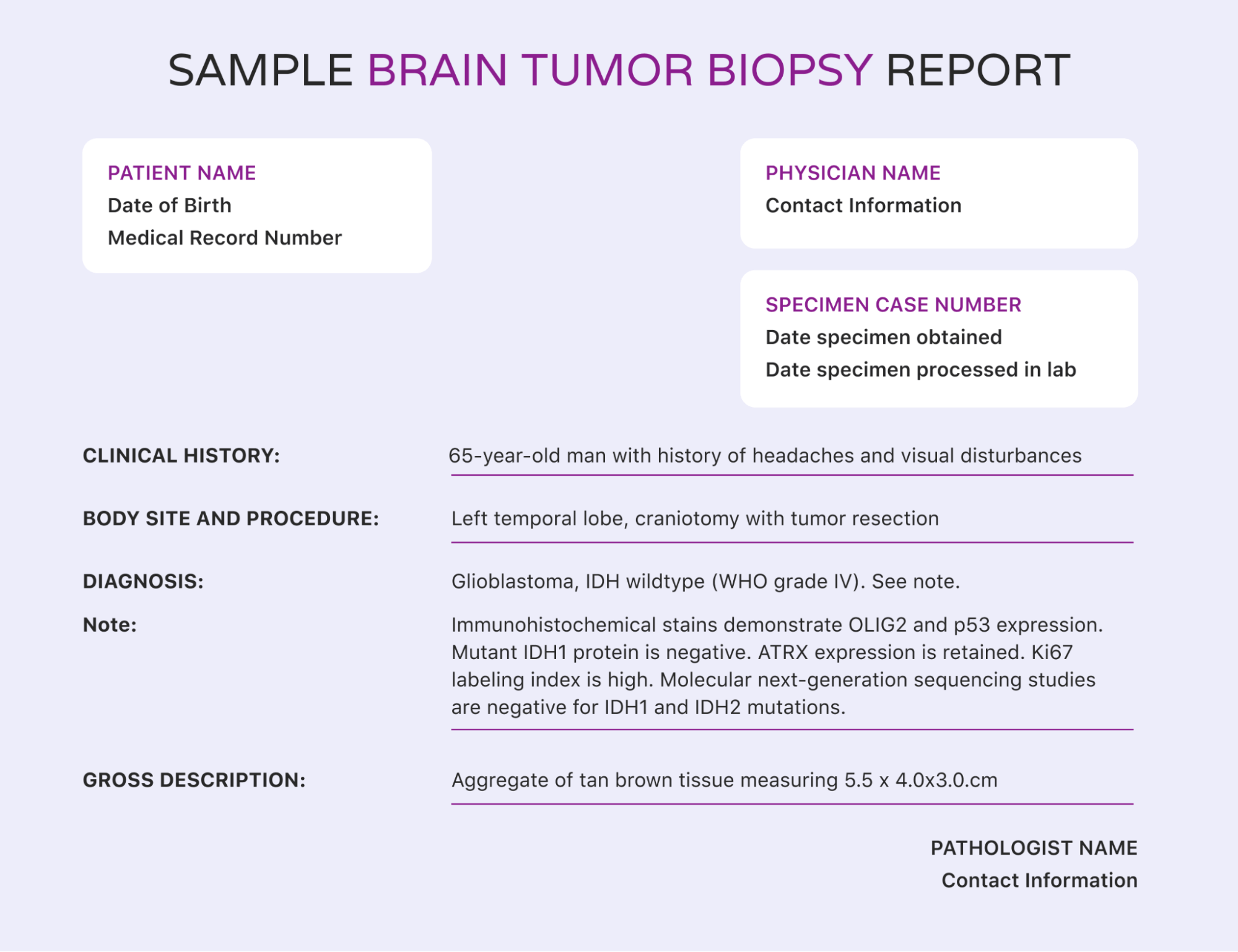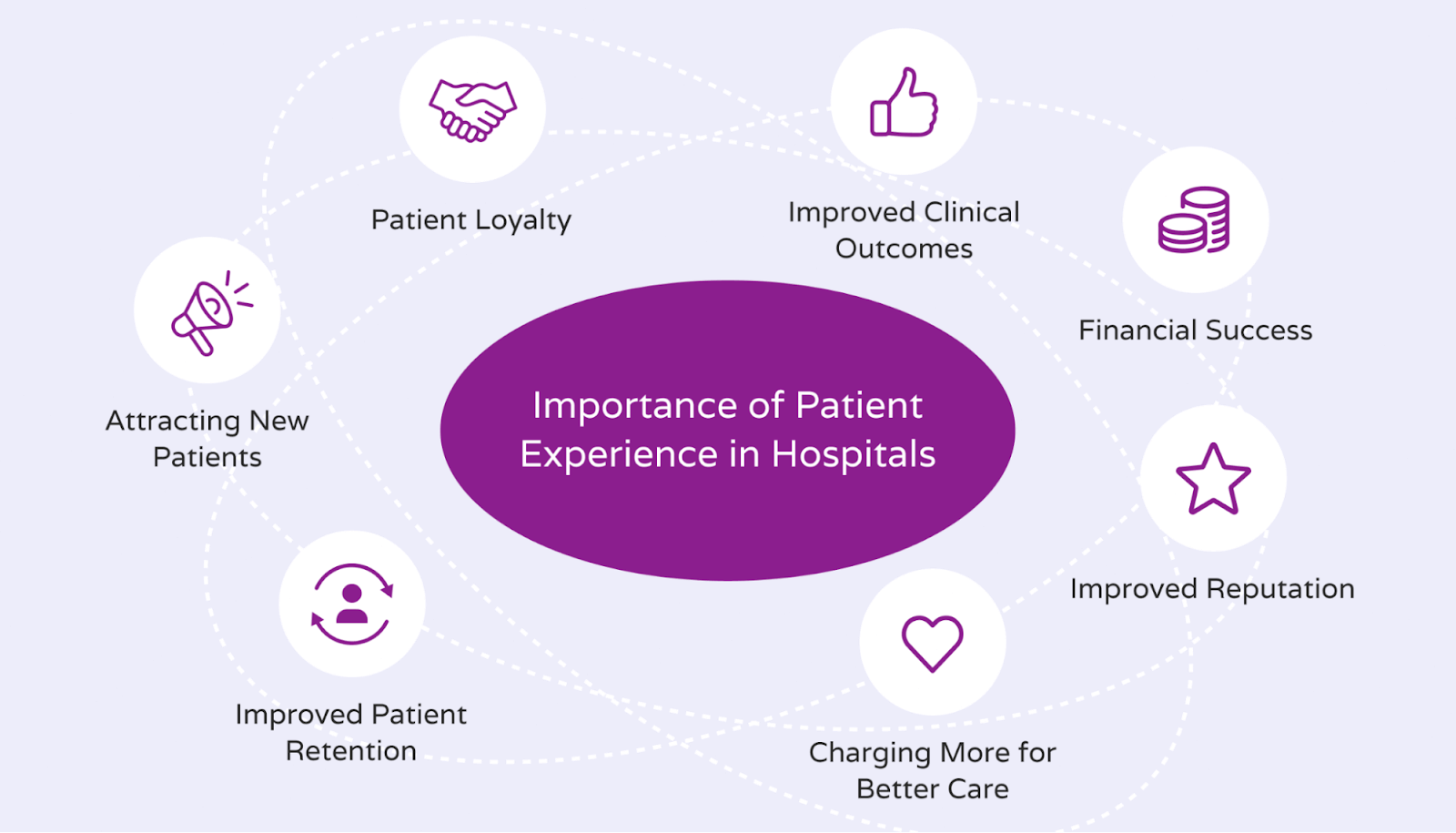Medical documentation is a core component of quality patient care. Accurate medical records help patients receive the best possible care and allow them to trust their medical team.
However, keeping medical records is no easy task, especially when your medical staff has their hands full with patient care. But did you know that virtual assistants can handle medical documentation in a medical practice?
In this article, you’ll learn about five medical documentation examples that you can outsource to a Healthcare Virtual Assistant.
What is medical documentation?
Medical documentation involves documenting all the details of a patient’s health journey. It’s a process that helps establish medical records for patients.
Medical documentation include details such as:
- Symptoms
- Diagnoses
- Treatments
- Medical histories
- Medical conditions
- Impairment limits
- Health outcomes
- Immunization dates
- Progress notes
- Imaging reports
- Any additional pertinent information
Medical documentation examples include, but aren’t limited to:
- Hospital discharge summaries
- Doctor’s notes
- Medical history records
- Biopsy reports
- Patient information leaflets
- Lab results
- Medical inquiries
- Insurance forms
- Imaging reports
- Reasonable accommodation requests
- Referral letters
Below is an example of what medical documentation can look like in the form of a biopsy report:

Medical practitioners and their clinical assistants usually handle medical documentation themselves. Physicians who run private practices on a small scale may not have a clinical assistant to take on this responsibility.
Patients and their families also contribute to medical documentation by keeping their healthcare providers up to date. It’s important for healthcare providers to verify their patients’ information with them regularly in case any new information becomes available.
Medical documentation can be kept on paper or an electronic health record (EHR). More primary care physicians are using EHRs worldwide.
While paper documentation makes it easy to take notes on the fly, it makes it difficult to track and update medical documents throughout a patient’s journey. And accurate medical records are crucial to providing the best possible care for the patient.
That’s why many healthcare providers hire virtual assistants to handle transcription in an EHR system.
Would you like to outsource the entire medical documentation process to a trained healthcare professional? Book a call with our team to discuss how a Healthcare Virtual Assistant can support you with medical documentation and other office tasks.
Why medical documentation is essential for healthcare practices
A reputable healthcare provider must have a reliable system in place to create and manage medical documentation, and there are several reasons why.
First, medical documentation can lead to better patient experiences. It makes it easier for patients to receive updates about their care, even if their primary care provider isn’t available to speak to them.
But proper documentation also helps avoid mistakes. This can lead to several beneficial outcomes for patients, such as improved clinical results. Without complete and up-to-date information about a patient, it’s difficult for a healthcare provider to make an informed decision.
A patient who receives excellent care and experiences improved clinical results is also more likely to remain loyal to your practice. So, proper medical documentation is crucial to increasing patient retention.
On the other hand, any holes in documentation can lead to confusion or improper care, which may drive your patients to seek care elsewhere. Healthcare providers can’t use their medical judgment properly if they don’t have the full picture available to them.

When your patients are happy, not only do they remain loyal to your practice, but they also help to boost your practice’s reputation through word of mouth. This type of outreach can help you attract new patients and grow your practice over time.
Medical records also provide proof of the medical services you’ve provided. That’s because they’re legal documents. Proper medical records can help protect you if a patient sues for malpractice, especially if their claims are untrue.
Finally, medical documentation simplifies the insurance claim process. This helps both you and your patients reduce the time you spend communicating with insurance agents.
Who should perform medical documentation?
It’s important to have a dedicated member of your team perform medical documentation. If you don’t have a specific person responsible, documentation tasks can easily fall through the cracks.
While you can delegate a nurse or receptionist to handle medical documentation, you can also hire a clinical assistant specialized in medical transcription. A dedicated clinical assistant can focus on medical documentation without the burden of having too many other responsibilities.
Clinical assistants can also transcribe notes into an EHR system. This helps keep your documentation organized and accessible from several locations.

But hiring a dedicated assistant is expensive and requires overhead. Not only will you need to pay your clinical assistant an hourly wage, but you’ll also need to give them office space and additional benefits.
That’s why remote assistants are an excellent choice for outsourcing medical documentation. Remote assistants are cost-effective and require no physical office space. They’re also trained in the medical field — as long as you hire them from a reputable source.
Medical documentation is only one of the many virtual assistant services a remote assistant can help you with. When their work volume is low, your virtual assistant can also support the rest of your team with administrative tasks.
5 medical documentation examples that virtual assistants can help you with
Want to onboard a virtual assistant to support you with your medical documentation? Here are five examples of how a virtual assistant can simplify the medical documentation process.
1. Documenting a phone conversation
It can be difficult to take accurate notes during phone conversations.
When you’re speaking with a patient, you’re likely focused on asking the right questions and analyzing what the patient is telling you. If your receptionist is speaking to a patient, they may need to navigate an appointment booking system simultaneously.
One solution is to record all calls and transcribe them later on. But an even simpler solution is to bring your remote assistant on the line.
While you’re speaking to a patient, you can focus on the conversation instead of trying to take notes. Your virtual assistant can transcribe your entire phone conversation into your existing systems. There’s no need to add transcription to your to-do list for later.
2. Documenting a consult
In-person consultations are just like phone calls — you’ll focus much more on your patients when you don’t have to bother taking notes.
While having someone attend a consultation in person can feel intrusive to your patients, using a virtual assistant is easy and discreet. Your virtual assistant can perform live charting during consultations from a laptop or tablet.

For the purpose of live charting, having a virtual assistant access a consultation through a device is just as effective as having someone in the room. And devices blend into the background much more than someone who’s in the room.
3. Documenting a procedure
Keep your medical staff focused on improving your medical procedures while your remote assistant handles the documentation. Even if you don’t need to improve your existing procedures, it’s important to document them to mitigate mistakes.
Documenting all your procedures also makes it easier to onboard new healthcare staff, as it reduces ambiguity.
4. Documenting mistakes
Mistakes aren’t a specific type of medical documentation. Nonetheless, it’s just as important — if not more so — to document mistakes as it is to document procedures.
If and when mistakes happen, you must take proper care to rectify them and prevent them from occurring in the future. Documenting them can also help you or your staff learn from them. Even new staff members can learn from others’ mistakes to make sure they don’t make the same ones.
Finally, proper documentation of mistakes can help in the case of a lawsuit. You’ll be protected if a patient makes an exaggerated or false claim about a mistake.
5. Documenting discharge summaries
Discharge summaries are important for patients to understand their current health status and establish a plan of action for the foreseeable future.
But they’re also essential to keeping patients’ medical files up to date.
Without an accurate discharge summary for each patient, other healthcare providers won’t have the full picture of that patient’s health. You’ll also have to rely on your (or your team’s) memory when you next see the patient, which is never a good idea.
Hire a remote assistant to handle medical documentation
Medical documentation is so important, and you shouldn’t have to handle it alone. With Hello Rache, you can get a virtual assistant to support you with medical documentation in a matter of days. Book a call with our team today to start transforming your healthcare practice.



